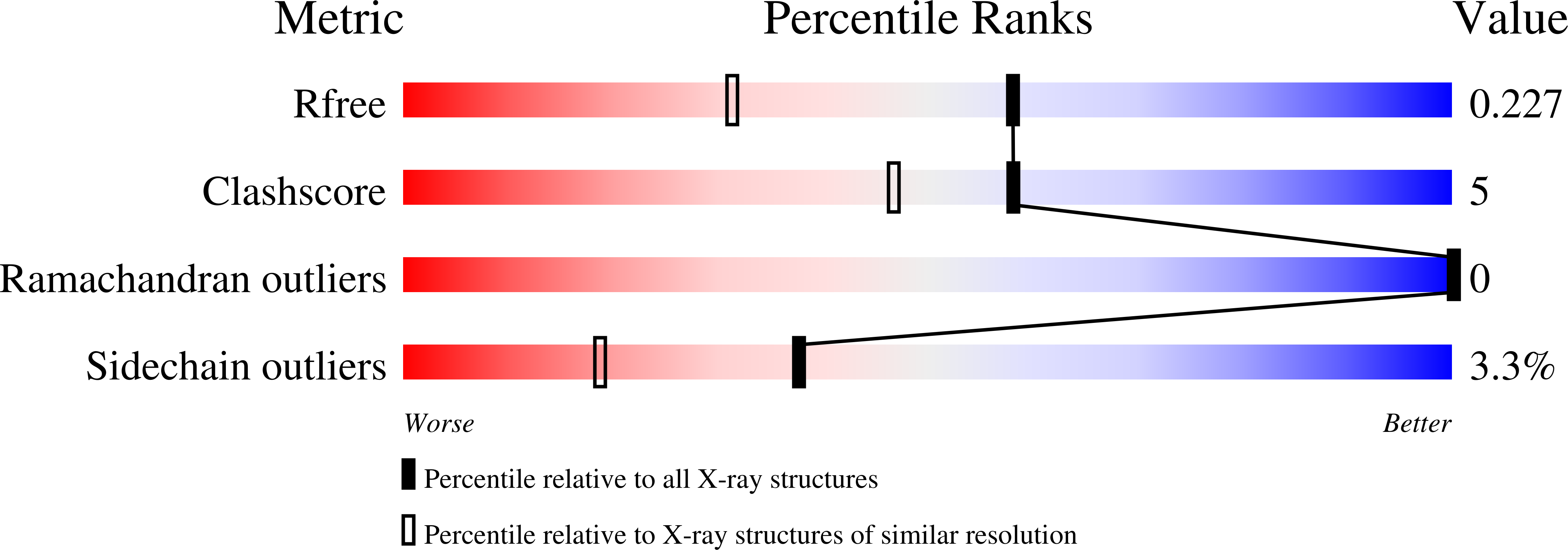
Deposition Date
2009-12-14
Release Date
2010-02-02
Last Version Date
2023-09-06
Entry Detail
PDB ID:
3L29
Keywords:
Title:
Crystal Structure of Zaire Ebola VP35 interferon inhibitory domain K319A/R322A mutant
Biological Source:
Source Organism:
Zaire ebolavirus (Taxon ID: 128952)
Host Organism:
Method Details:
Experimental Method:
Resolution:
1.70 Å
R-Value Free:
0.23
R-Value Work:
0.19
R-Value Observed:
0.19
Space Group:
P 21 21 21


